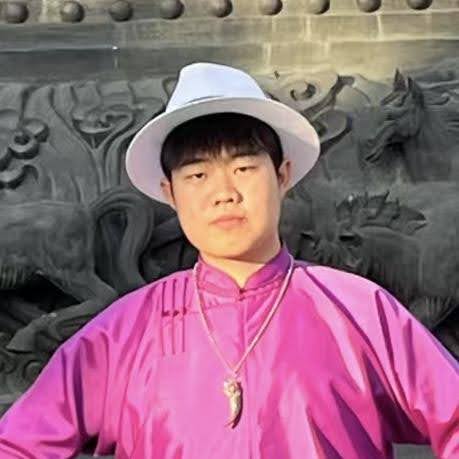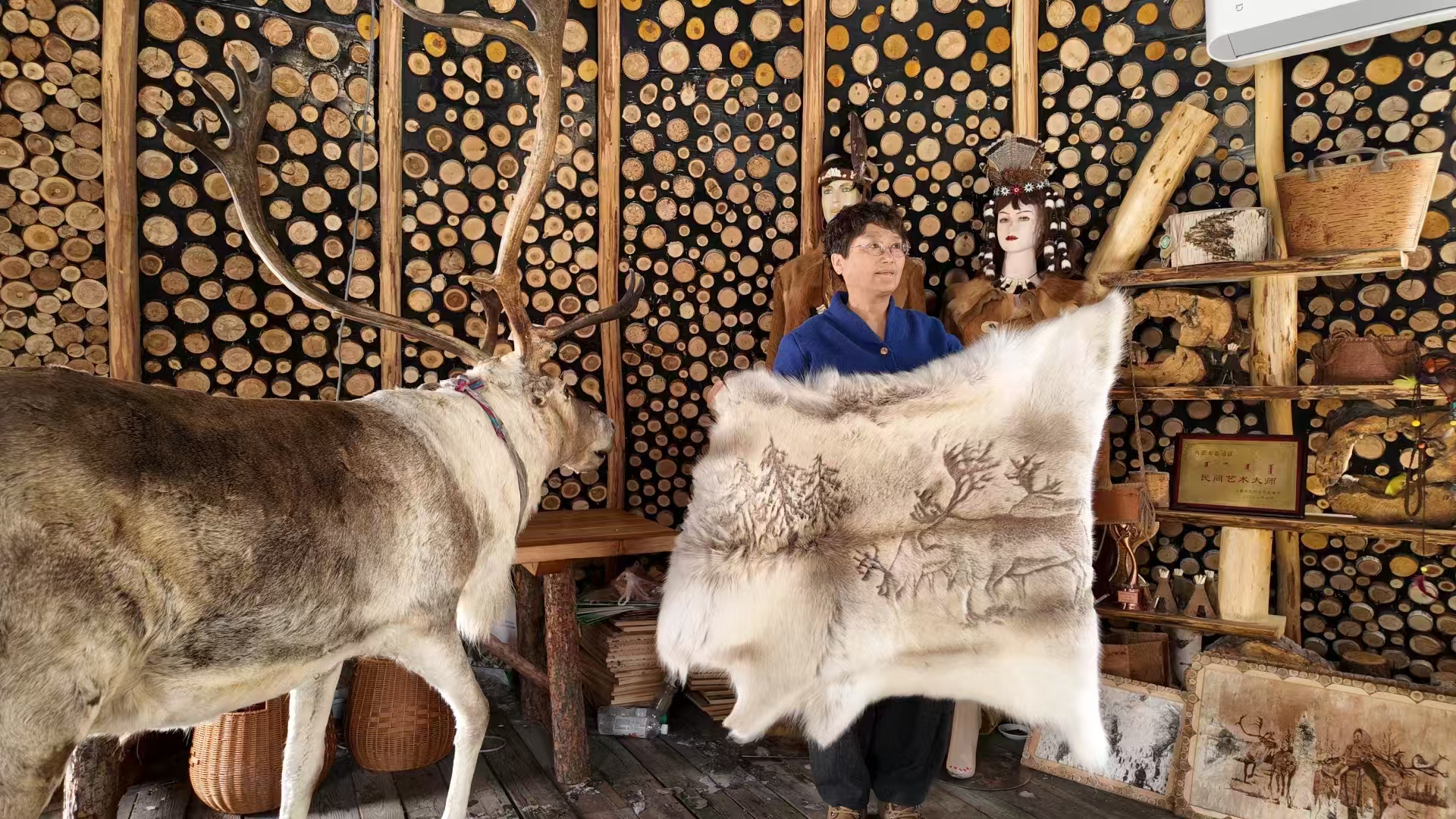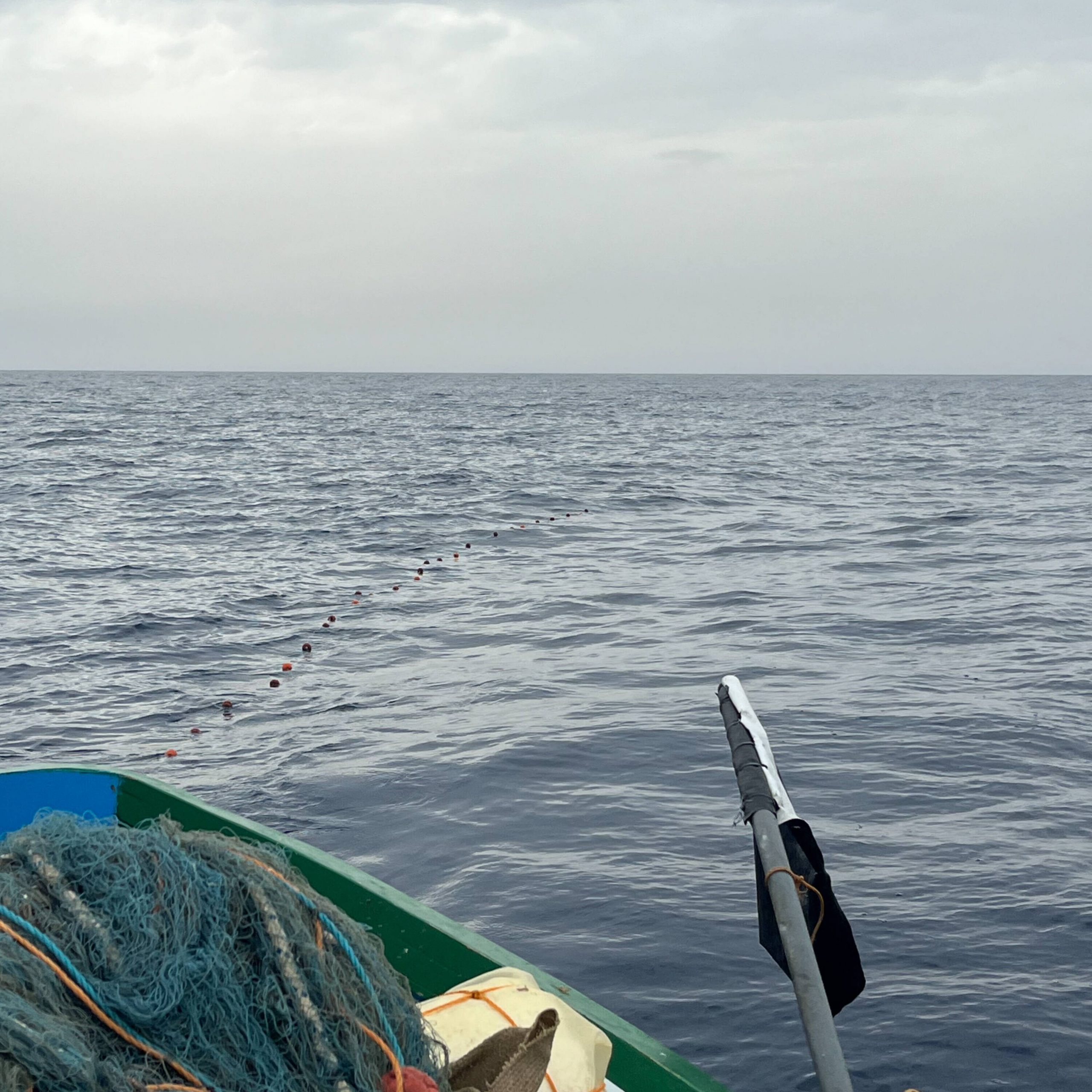April 18th 2025

Yu Zhenwei
First AuthorYu Zhenwei, a third-year undergraduate student majoring in sociology at the School of Ethnology and Sociology, Inner Mongolia University. During his academic pursuits, he has demonstrated a profound interest in ethnic issues concerning China’s northern frontier regions. He has conducted fieldwork of varying scales across multiple locations within the Inner Mongolia.

Rui Chen
Second Author, ruic@berkeley.eduRui Chen, a third-year undergraduate student majoring in Geography at UC Berkeley. I have done many fieldwork by using geography as a perspective of analysis, and my focus leans toward human geography. I have special interests in geographic information archives, agroecological resilience, and landscape studies.
Aoluguya Evenki is an ethnic group that lives in China’s Inner Mongolia. Following the traditions of their ancestors, the Evenki once lived by tracking reindeer and relying on hunting and gathering for survival in the forests. Today, however, they have shifted toward developing an ethnic tourism economy. What drove this transformation? What challenges did they face in adapting to change? The Evenki exemplify the structural challenges many hunting and nomadic ethnic groups encounter during modernization.
In the traditional Evenki way of life, people migrate with the reindeer. The forests of the Greater Khingan Mountains grow the lichen that reindeer feed on, and as reindeer must continuously move in search of lichen, so too do the people. This movement allows time for the forest ecosystem to regenerate and recover. Evenki abide by strict ecological rules, refraining from hunting during breeding seasons and avoiding the killing of pregnant animals. Within their world, the relationship of “humans-reindeer-forest” formed a unique reciprocal system where human and nature can harmoniously coexist.
However, as society evolved, so did the Evenki. In 1956, the Chinese government established Qiqian Township in their traditional habitat, initiating their transition to modern society. With the implementation of the Natural Forest Protection Program (NFPP) in 2003, the Evenki underwent large-scale “ecological migration,” relocating to Aoluguya Ethnic Township in the western suburbs of a city.
These drastic changes disrupted their traditional “human-reindeer-forest” livelihood system. The shift from a nomadic lifestyle to permanent settlement immobilized both people and reindeer. Since reindeer could not adapt to fixed living conditions, their population declined sharply—from over a thousand to just over 600. Additionally, the Evenki were forced to abandon hunting, as their firearms were confiscated. The centuries-old practices of hunting and herding came to an end.
Today, the Aoluguya Evenki have transitioned from “hunters” to “tourism service providers.” Their survival skills have been creatively repurposed into commercialized products. The government has built homestays for 62 households, enabling them to live in or operate family-based tourism businesses. Additionally, 12 designated reindeer herding sites have been established, helping to address high reindeer mortality in the township. As a result, the Evenki now maintain a “semi-fixed” lifestyle within the Greater Khingan Mountains.
This transformation has created tensions between their historically mobile culture and their new fixed-settlement lifestyle. In this new institutional environment, how can the nomadic Evenki construct a new reciprocal human-land system? While their economic income and life expectancy have improved, how can they maintain the delicate balance of the “human-reindeer-forest” continuum? Can cultural preservation, reindeer survival, and forest conservation progress alongside economic development? These are critical questions that merit further exploration.


